In the late 19th century, the US government opened the first of 25 off-reservation “American Indian boarding schools.” Over the years, hundreds of thousands of Native American children were bused to the schools as part of a federal effort to inculcate them with Judeo-Christian values and speed their assimilation.
The last of these schools, the Sherman Institute, opened in Riverside, California, in 1903. In a new photo book, Shadows of Sherman Institute, co-authors Cliff Trafzer, Jeffrey Smith, Lorene Sisquoc (curator of the Sherman Indian Museum) tell the story of the school and its students with the help of more than 150 rarely seen images.
“It’s a hidden part of American history,” says Trafzer, a professor of American Indian History at the University of California-Riverside who began working with the school, now Sherman Indian High School, in 1991. “Few people know about the boarding school system and the United States government taking children and bringing them to these schools, separating them from their families and their communities on purpose.”
Many of the photos show students learning practical skills, such as sewing, smithing, or shoemaking. Those that appear staged, Trafzer says, were typically used by administrators to lobby for more federal funding.
“Yes, they were teaching English, a little bit of math and science, but the emphasis was on making it a trade school—to make Native Americans useful,” he says. “To make them part of broader society. It was part of the assimilation program of the United States, to totally change them. That’s what we’re seeing. An attempt to destroy that which was Indian and re-create people in the image of White America.”
Here’s a selection of photos from the 1940s and 1950s taken from the book, which is available in paperback.
Students arrived at Sherman Institute by bus, typically from rural reservations.
Girls learned to quilt as part of the school’s domestic science curriculum.
Students were responsible for cooking and food prep. Here, boys make biscuits or rolls. Male students could take a vocational course to become bakers, an option not available to the girls.
Students work in a dormitory garden. The school gardens were intended to teach self-reliance through Western growing practices. This photo is probably staged, given the relatively formal clothing.
Original Article
Source: motherjones.com
Author: Maha Ahmed
The last of these schools, the Sherman Institute, opened in Riverside, California, in 1903. In a new photo book, Shadows of Sherman Institute, co-authors Cliff Trafzer, Jeffrey Smith, Lorene Sisquoc (curator of the Sherman Indian Museum) tell the story of the school and its students with the help of more than 150 rarely seen images.
“It’s a hidden part of American history,” says Trafzer, a professor of American Indian History at the University of California-Riverside who began working with the school, now Sherman Indian High School, in 1991. “Few people know about the boarding school system and the United States government taking children and bringing them to these schools, separating them from their families and their communities on purpose.”
Many of the photos show students learning practical skills, such as sewing, smithing, or shoemaking. Those that appear staged, Trafzer says, were typically used by administrators to lobby for more federal funding.
“Yes, they were teaching English, a little bit of math and science, but the emphasis was on making it a trade school—to make Native Americans useful,” he says. “To make them part of broader society. It was part of the assimilation program of the United States, to totally change them. That’s what we’re seeing. An attempt to destroy that which was Indian and re-create people in the image of White America.”
Here’s a selection of photos from the 1940s and 1950s taken from the book, which is available in paperback.
Students arrived at Sherman Institute by bus, typically from rural reservations.
Girls learned to quilt as part of the school’s domestic science curriculum.
Students were responsible for cooking and food prep. Here, boys make biscuits or rolls. Male students could take a vocational course to become bakers, an option not available to the girls.
Students work in a dormitory garden. The school gardens were intended to teach self-reliance through Western growing practices. This photo is probably staged, given the relatively formal clothing.
Original Article
Source: motherjones.com
Author: Maha Ahmed
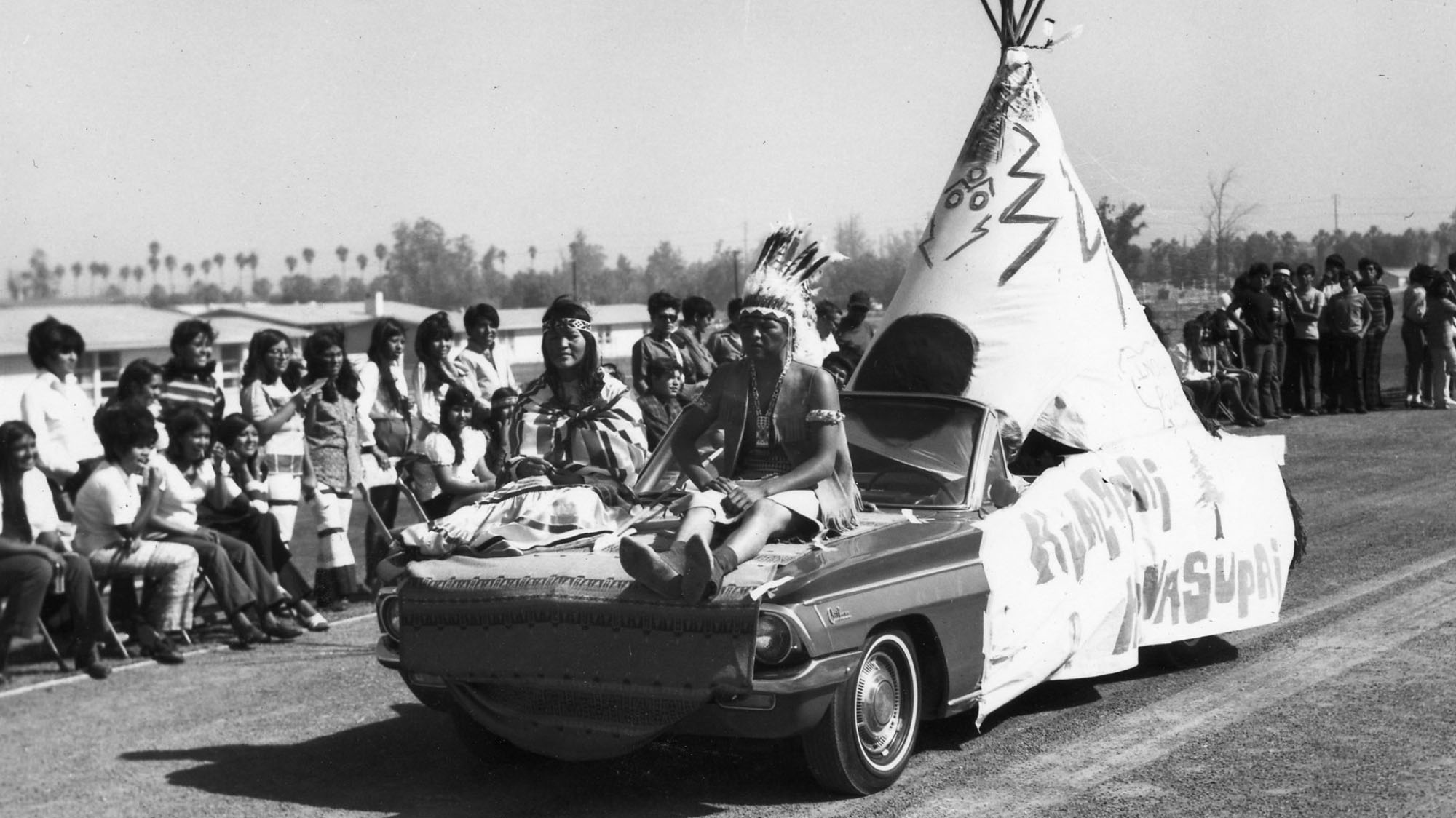
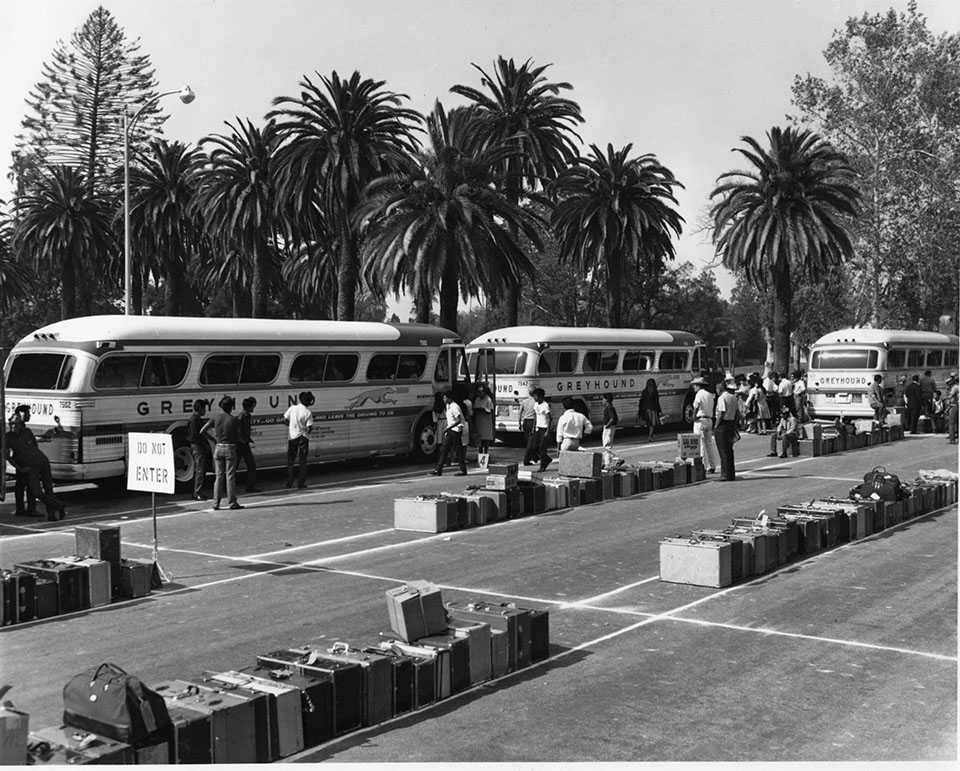
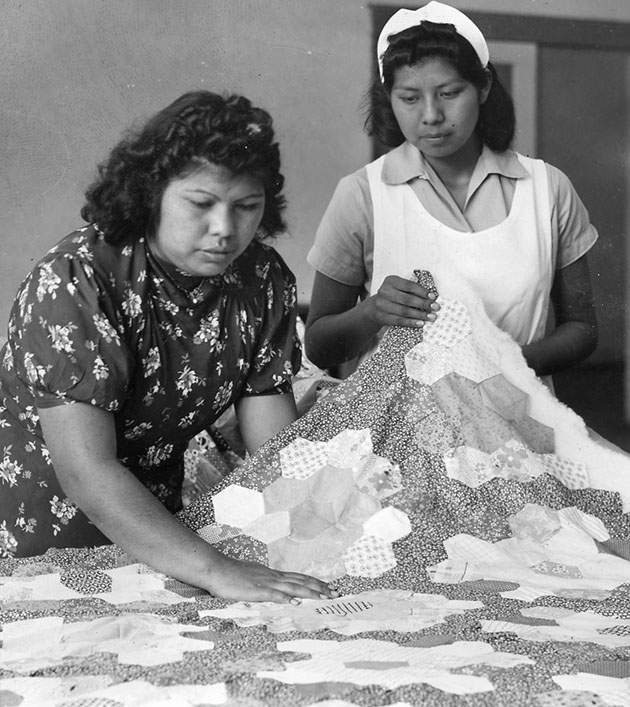
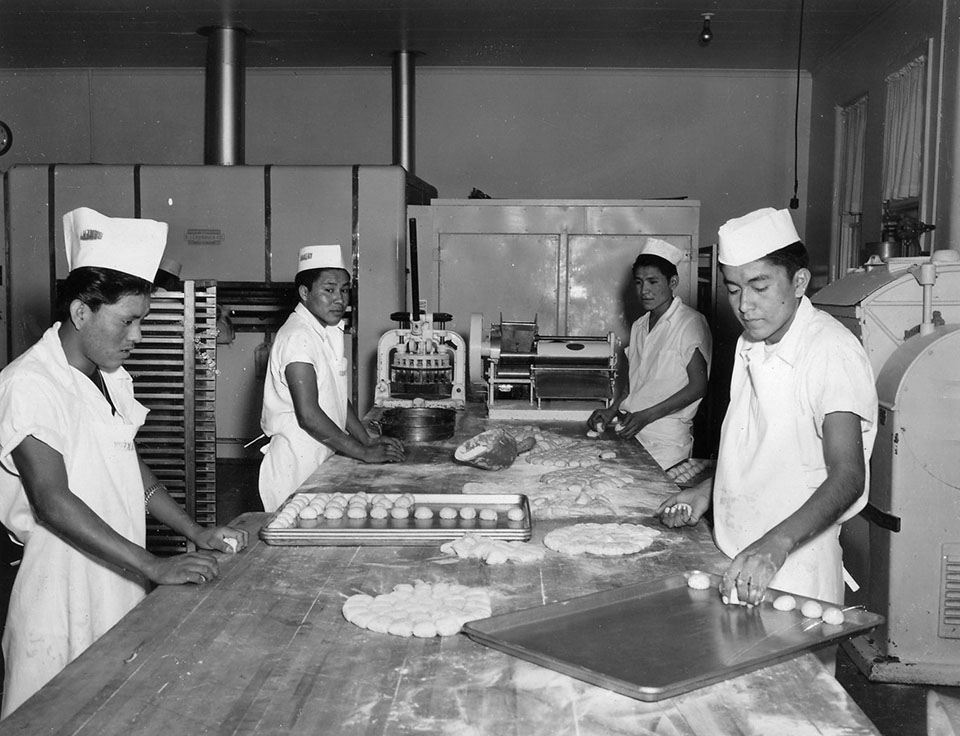
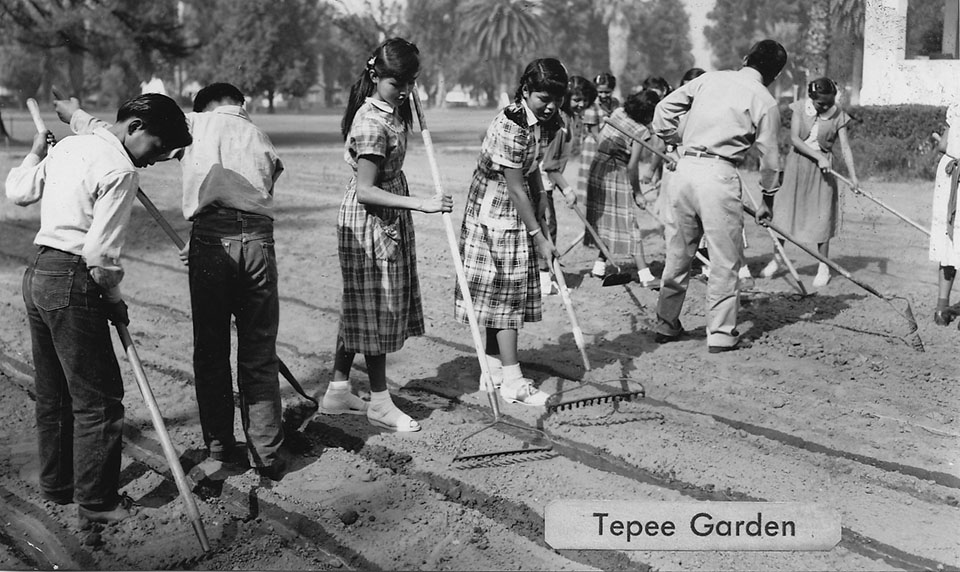
No comments:
Post a Comment